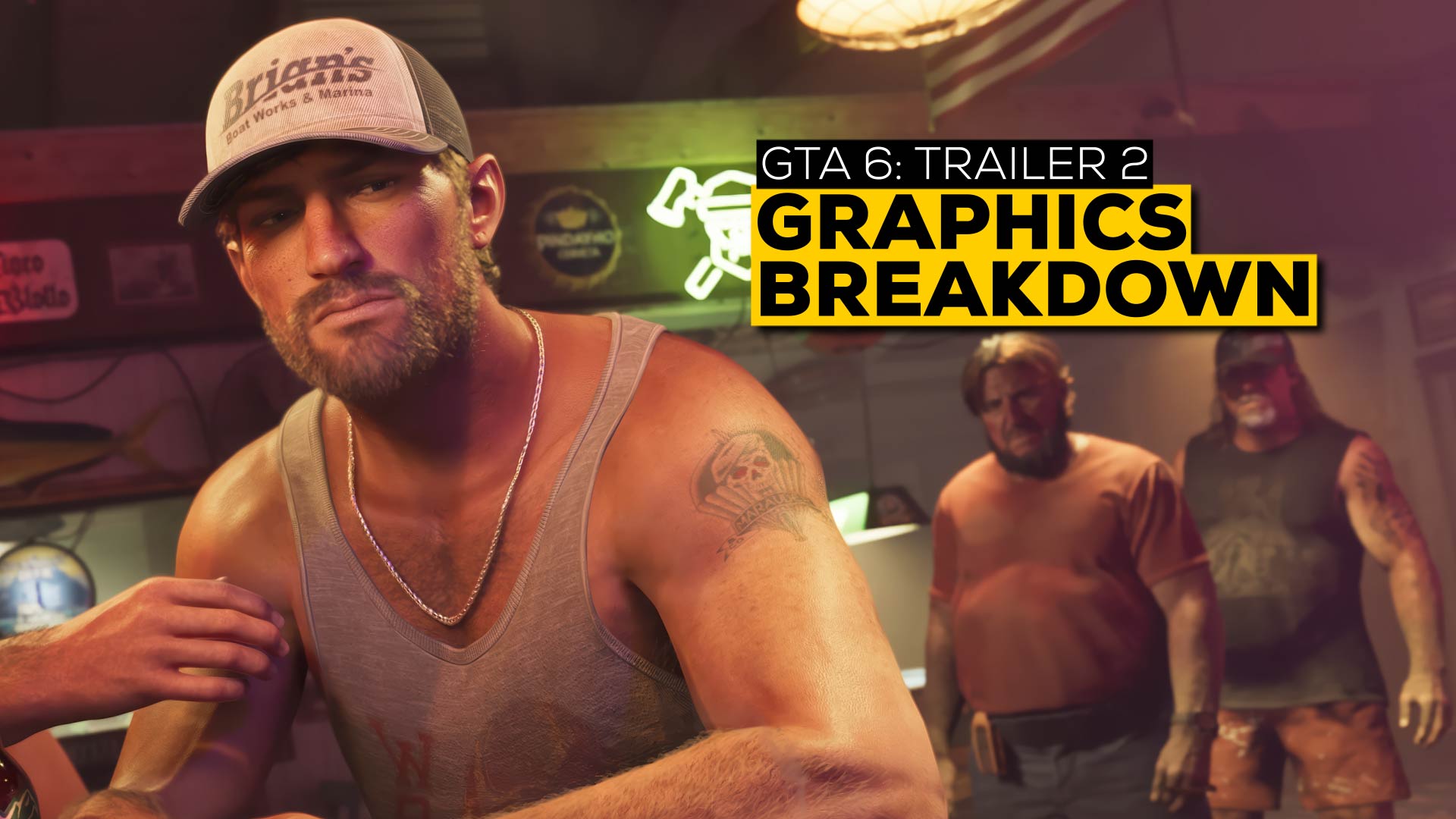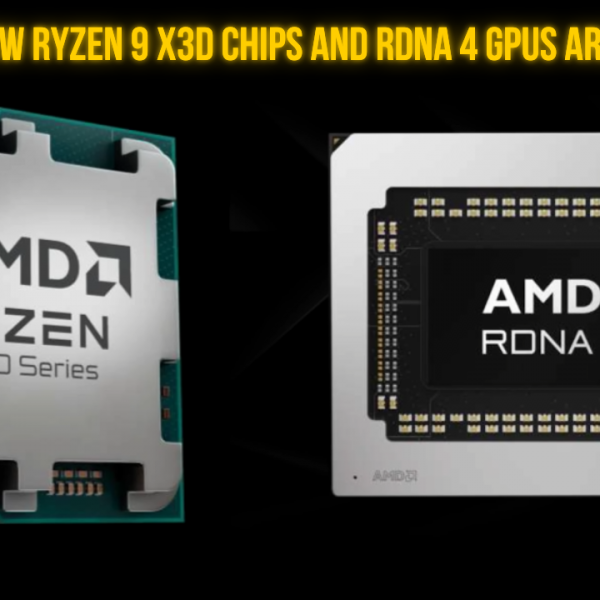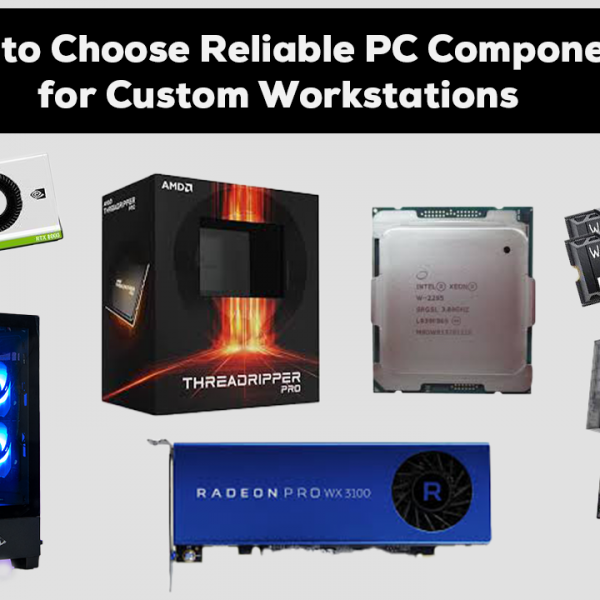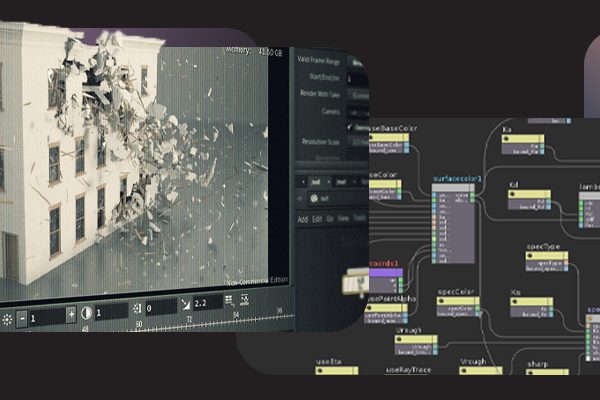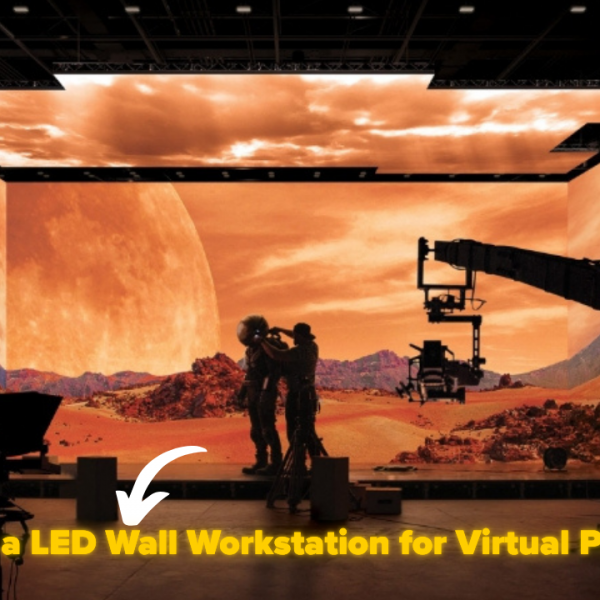Despite a delay pushing the release to May 26th, Rockstar Games has ignited the internet once again with the release of Grand Theft Auto 6: Trailer 2. The biggest surprise? It’s running on a base PlayStation 5. How is that even possible? Let’s dive into the tech behind one of the most visually stunning games ever made for a console.
Captured on Base PS5: Real Gameplay and Cutscenes
Rockstar confirmed that everything shown in Trailer 2 was captured directly on a standard PS5 and includes a mix of gameplay and cutscenes. The immediate question on everyone’s mind: How can a five-year-old console handle something this detailed?
Experts speculate the game runs at a locked 30 frames per second, optimizing performance for visual fidelity. From lighting and animation quality to the cinematic direction, it’s clear Rockstar is pushing the PlayStation 5 to its limits.
Rockstar’s Cinematic DNA
Rockstar’s identity has always been steeped in cinematic storytelling. From the blocking of scenes to voice direction and tone, the influence of film is unmistakable. Trailer 2 continues this tradition. The light blocking, character acting, and atmospheric presentation feel more like a movie than a video game—a deliberate choice by the developers.
What stands out the most is the consistency. Every frame looks polished. Every moment feels intentional. And that’s what sets Rockstar apart.
Visual Highlights
One of the most mind-blowing technical feats in the trailer is hair rendering. Rockstar appears to be using a strand-based system, meaning we’re seeing actual rendered strands of hair rather than flat textures. It’s not just limited to heads either—you’ll see arm fuzz, light shining through afros, and hair styles that respond naturally to movement.
Another standout is ray tracing—specifically Ray-Traced Global Illumination (RTGI). Most current-gen games use ray tracing sparingly—maybe just reflections or shadows. But GTA 6 is clearly integrating full-scale RTGI. Just look at how light bounces around the car interiors, reflects in mirrors, and even shows the dashboard on the windshield.
Yes, there’s a bit of grainy visual noise, but that’s a small price to pay for this level of fidelity on console hardware.
Is It Gameplay or Cutscene?
Some fans are wondering: is this really gameplay? While the cinematic borders obscure the traditional third-person perspective we’re used to in GTA, Rockstar is known for seamless transitions. Think back to GTA V, where scenes fluidly move from cutscene to controllable gameplay.
Moments in Trailer 2—like the lead character entering a house—feel like they’re just seconds away from the HUD popping up. It’s very likely we’re seeing interactive moments rendered in real-time, blurring the line between cutscene and gameplay.
Performance and Resolution
Rockstar titles are famous for heavy simulation. That workload falls mainly on the CPU, which is why the PS5 Pro’s 10% faster CPU won’t make a massive difference.
Expect GTA 6 to run at 1440p, 30 FPS on PS5, with visuals optimized around features like ray tracing rather than pure resolution. Higher frame rates may come later via performance modes—but at launch, visual fidelity is clearly the focus.
Next-Level NPCs and Simulation
Remember the living world of GTA IV, where NPCs had their own routines? GTA 6 seems ready to triple down on that concept. From the trailer, NPCs exhibit unique animations, emotional reactions, and behaviors, all of which place a heavy demand on the GPU—another reason why the 30 FPS makes sense.
What About PC Gamers?
Historically, Rockstar’s PC games arrive a year after their console counterparts. Given that the PS5 roughly matches an RTX 2070 Super or RTX 4060, most modern mid-range PCs should be able to run GTA 6 at 1440p, 30 FPS, assuming they meet memory requirements.
The big question is whether Rockstar will offer a non-ray-traced fallback. Likely not. RTGI seems baked into the game’s core visual design, and supporting two lighting systems would be a huge development lift. Instead, we might see some RT features—like reflections—dialed back for scalability.
Xbox Series S
The Xbox Series S is often seen as the wildcard. While it shares the CPU and SSD speed, it has a less powerful GPU and less memory. These limitations matter, especially in a game with high memory demands like GTA 6.
To maintain consistency, Rockstar might retain RTGI even on Series S, but drop ray-traced reflections and lower texture resolution to stay within memory limits. This version might give us the best insight into how the game will scale on lower-end PCs.
Conclusion
Between the first trailer and this second one, there’s been nearly a year of development—and it shows. Rockstar is not just building a game; they’re crafting a cinematic, interactive world that redefines what’s possible on current-gen hardware.
Let us know in the comments—what part of GTA 6’s trailer blew you away? And how do you think it’ll perform on your setup?

